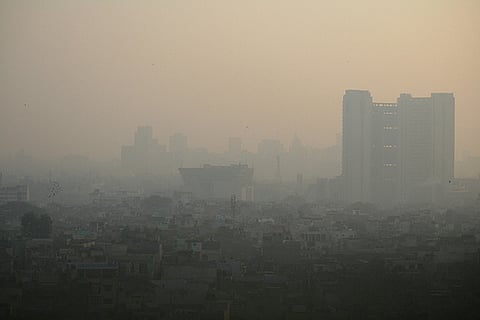In the time of toxic air
You are on life support, it's fragile, it's technical, it's public, it's political, it could break down – it is breaking down – it's being fixed, you are not too confident of those who fix it.
– Bruno Latour, from his essay on air.
The debate on urban India's air has heated up lately, with Delhi being positioned as the city with the most toxic air in the world, according to recent reports. The situation in the capital is so bad that being a couch potato may be better for one's health in the long run than getting regular outdoor exercise. It is fairly evident that most cities and towns across Southasia are today faced with a similar problem, which is usually posed as a health challenge with techno-scientific (emission norms, ban on diesel vehicles) and urban planning (public transportation, mixed land uses) solutions. No doubt, much thinking and action is required on each of these fronts, but the matter has implications beyond just air and impairment of biologies. It comes in the wake of an ongoing crisis regarding the basic building blocks of modernist thought and its environmentalist critique, compelling us to think afresh about how to conceptualise the emergent problem and to imagine possible futures beyond the impasse.
The unravelling of environmentalism
The notion that society has, through science, comprehensively mapped and modelled the world has been challenged by recent events. We were brought up to believe that the natural world was mostly uncomplicated and that its vagaries and accidents could be safely 'handled' by experts. This is no longer a certainty today – even the best science struggles to gain a handle on two of the better-funded areas in health and environmental science, respectively, cancer prevention and climate change. The gap between an ideology of linear progress and reality is apparent in nuclear disasters like Fukushima and industrial tragedy in Bhopal.

